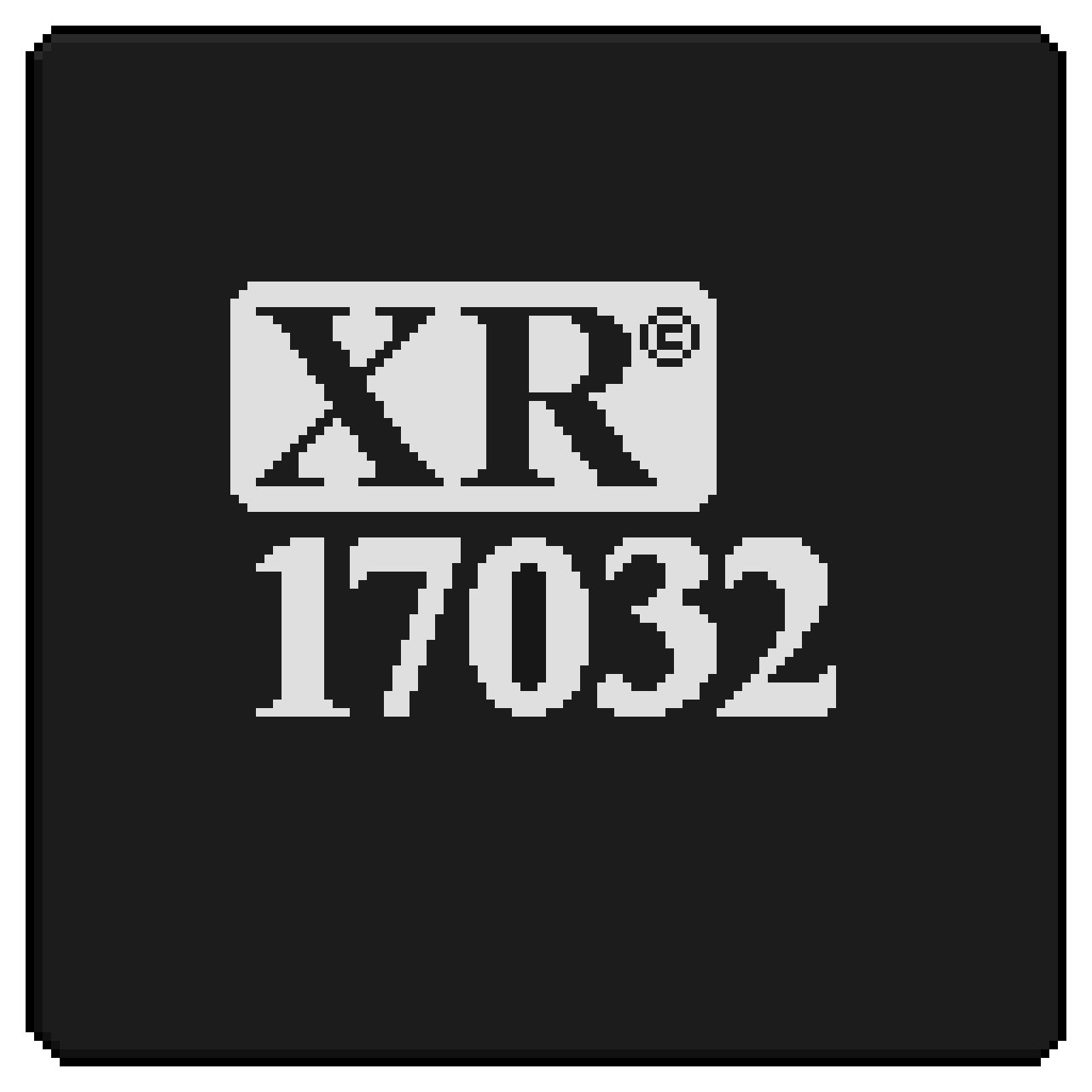Emulates the XR/station fantasy computer, inspired by late 80s workstation computers.
The long term goal is to have a sophisticated (and fully self-hosted) software environment within the emulated workstation computer.
For easy testing and experimentation, you can check out the web emulator.
Note, if you fear binary blobs, that the emulator ships with a pre-built boot ROM binary.
Make sure you have SDL2 installed.
Building the emulator should be as simple as typing make.
Then, type ./graphical.sh in the project directory.
Striking the right ALT key will switch the display between the framebuffer and the serial TTYs.
-ramsize [bytes]
Specify the size of RAM in bytes.
-dks [diskimage]
Attach a file as a disk image.
-nvram [file]
Specify an NVRAM file.
-rom [file]
Specify a file to use as the boot ROM.
-cpus [count]
Specify how many XR/17032 processors to simulate. Default is 1.
-asyncdisk
Simulate disk seek times.
-asyncserial
Simulate serial latency.
-nocachesim
Don't simulate the I-cache and D-cache.
-cachemiss
Simulate cycle delays on cache misses.
-cacheprint
Print cache statistics every 2 seconds. Only works if the emulator was compiled with PROFCPU=1 (which may slow down CPU emulation a bit).
-diskprint
Print disk accesses.
-dumpram
Dump the contents of RAM to a file called bank0.bin upon exit.
-headless
Don't attach framebuffer, keyboard, or mouse.
-132column
Use 132-column mode in the serial TTYs.
-serialrx [file]
Specify a file (i.e. a FIFO) as the RX line for serial port B.
-serialtx [file]
Specify a file (i.e. a FIFO) as the TX line for serial port B.
-cpuhz [frequency]
Specify the frequency that the CPU simulation should be run at. Default is 20000000 (20MHz).
WARNING: This emulator does not make any attempt to be portable to big-endian host platforms! If you are on PowerPC for some reason, it will not run correctly!
